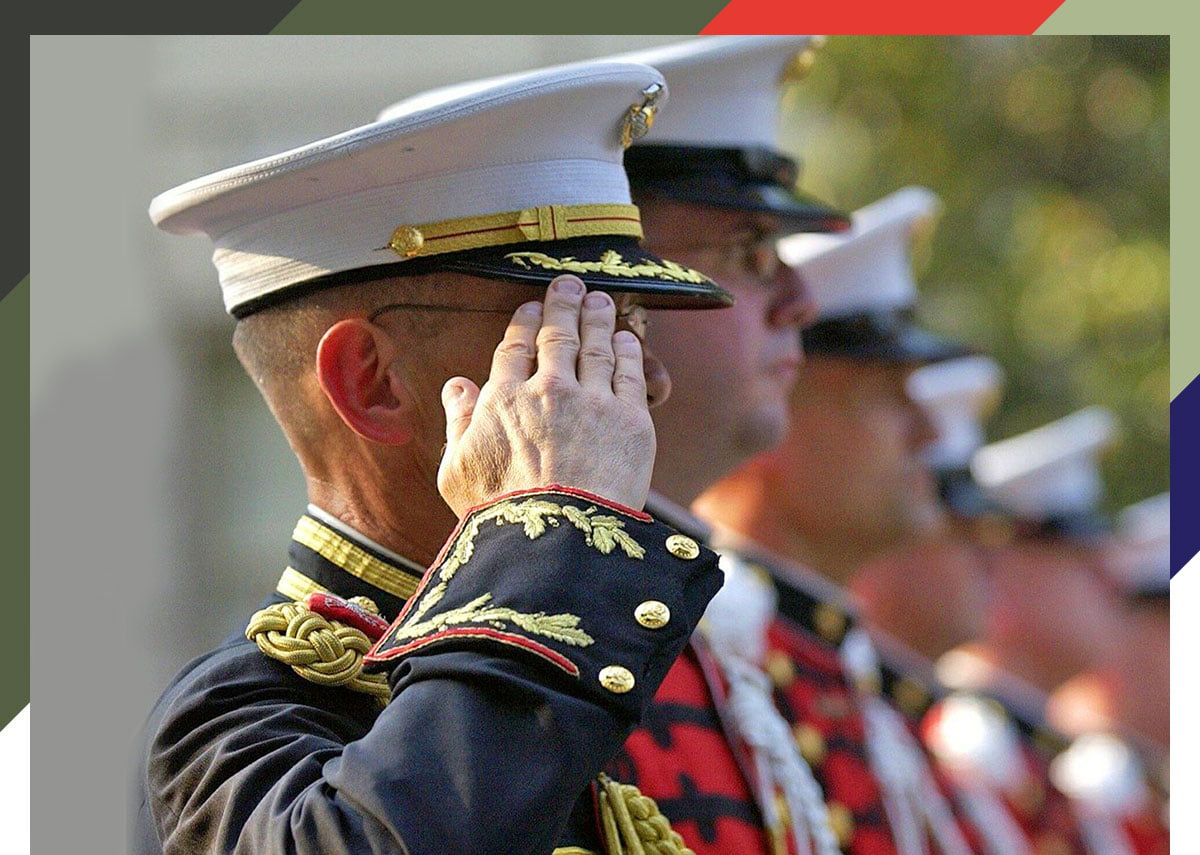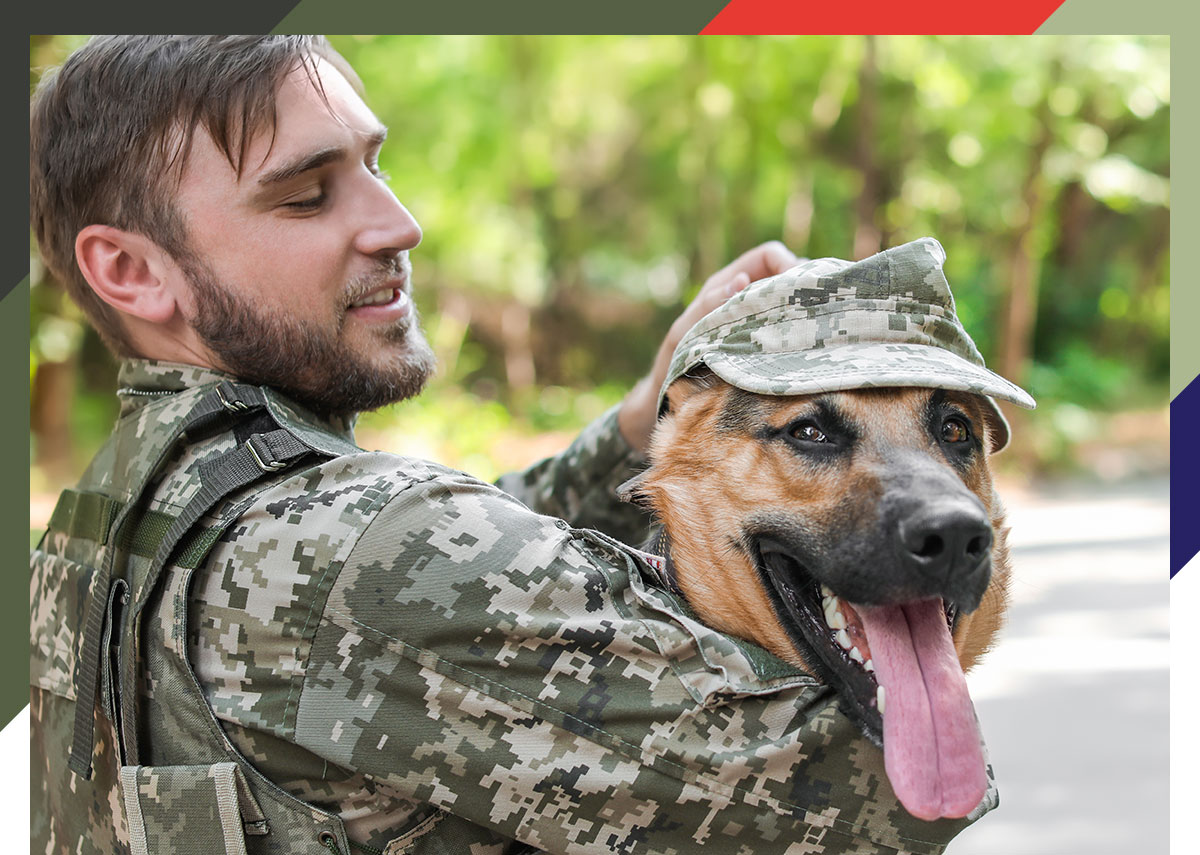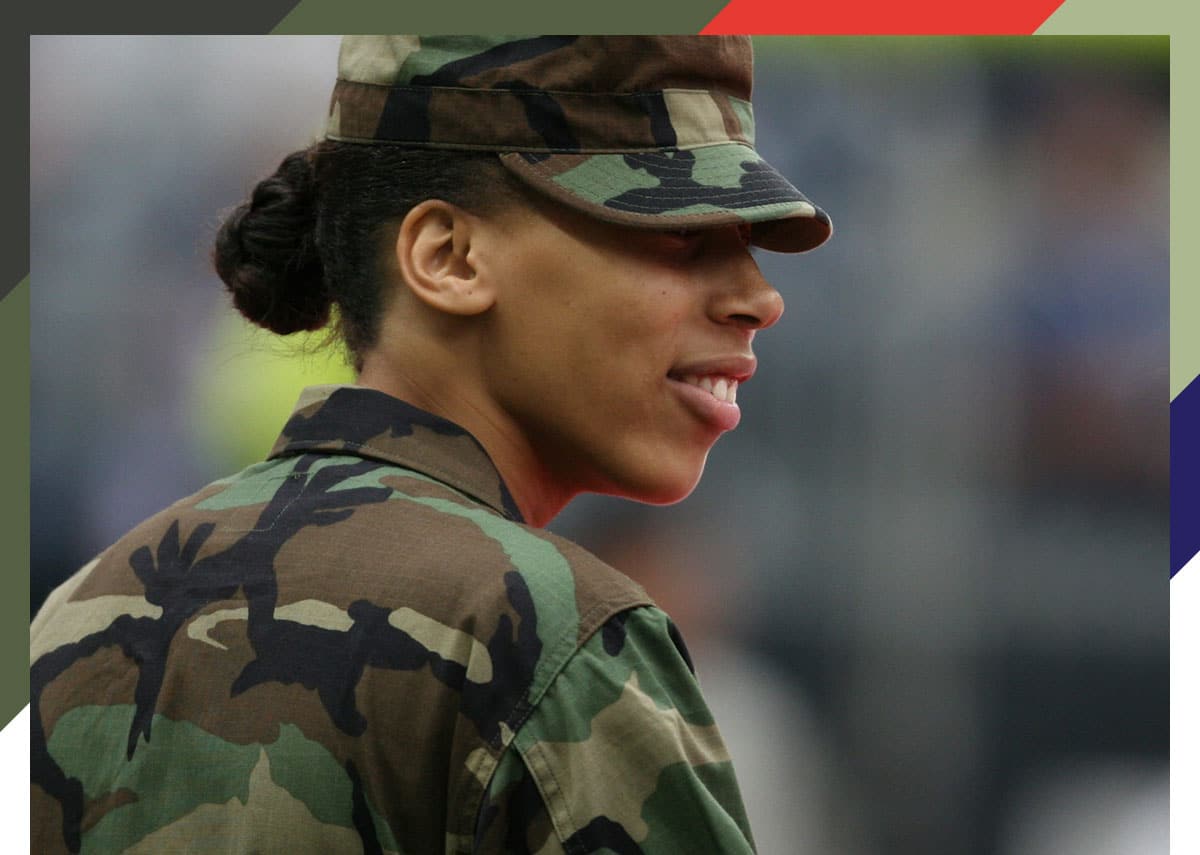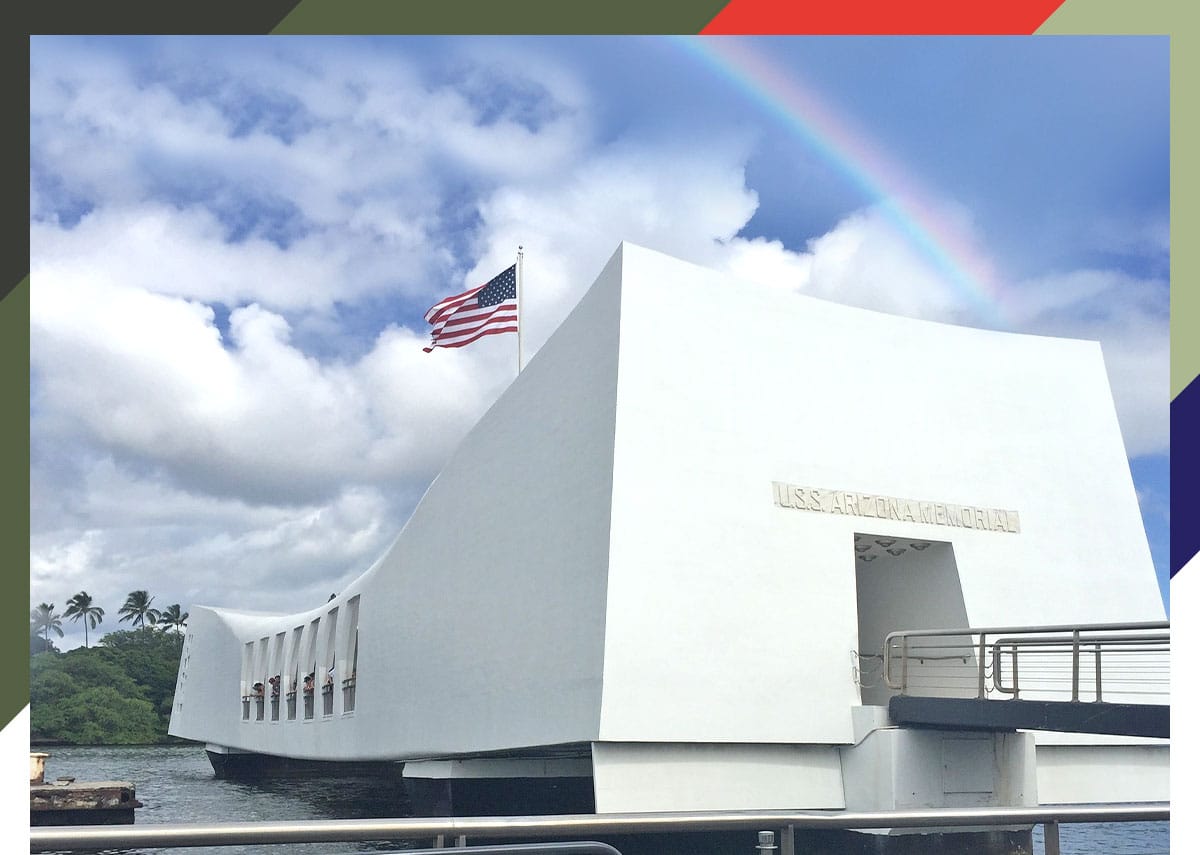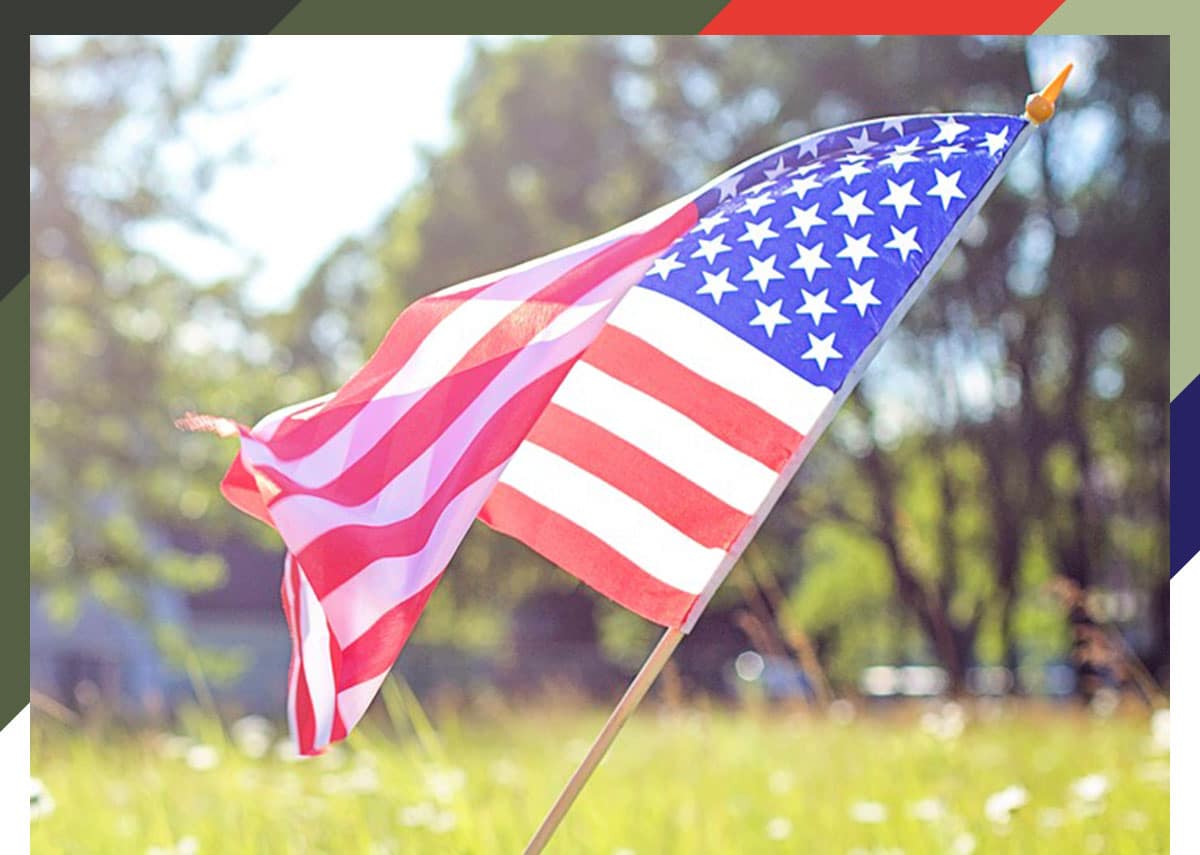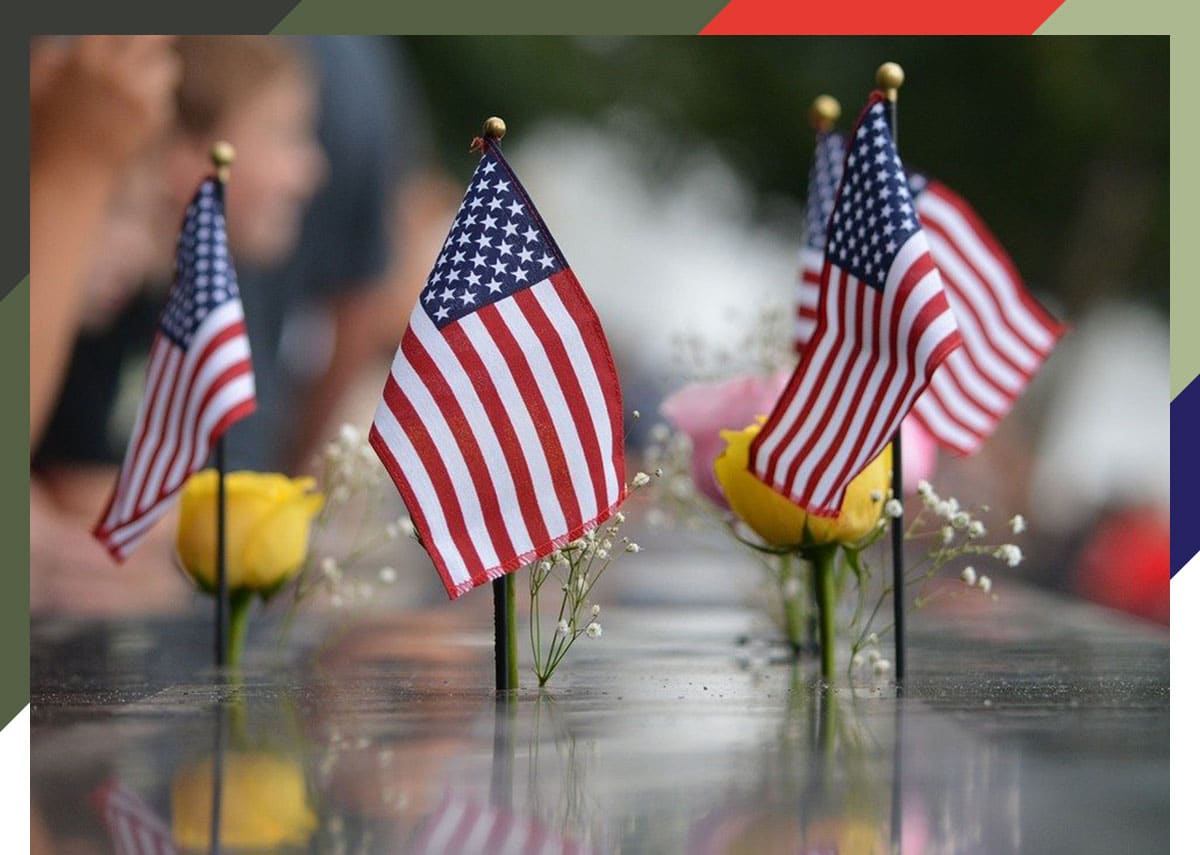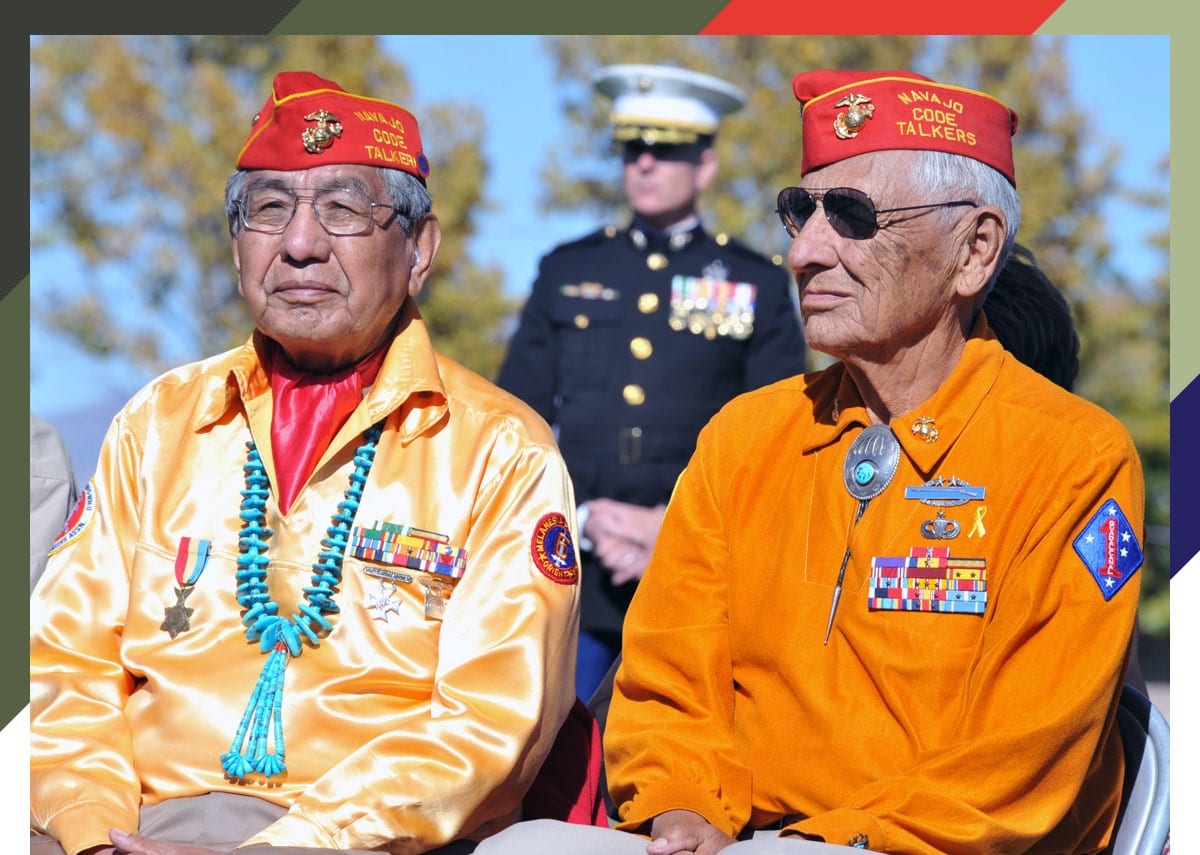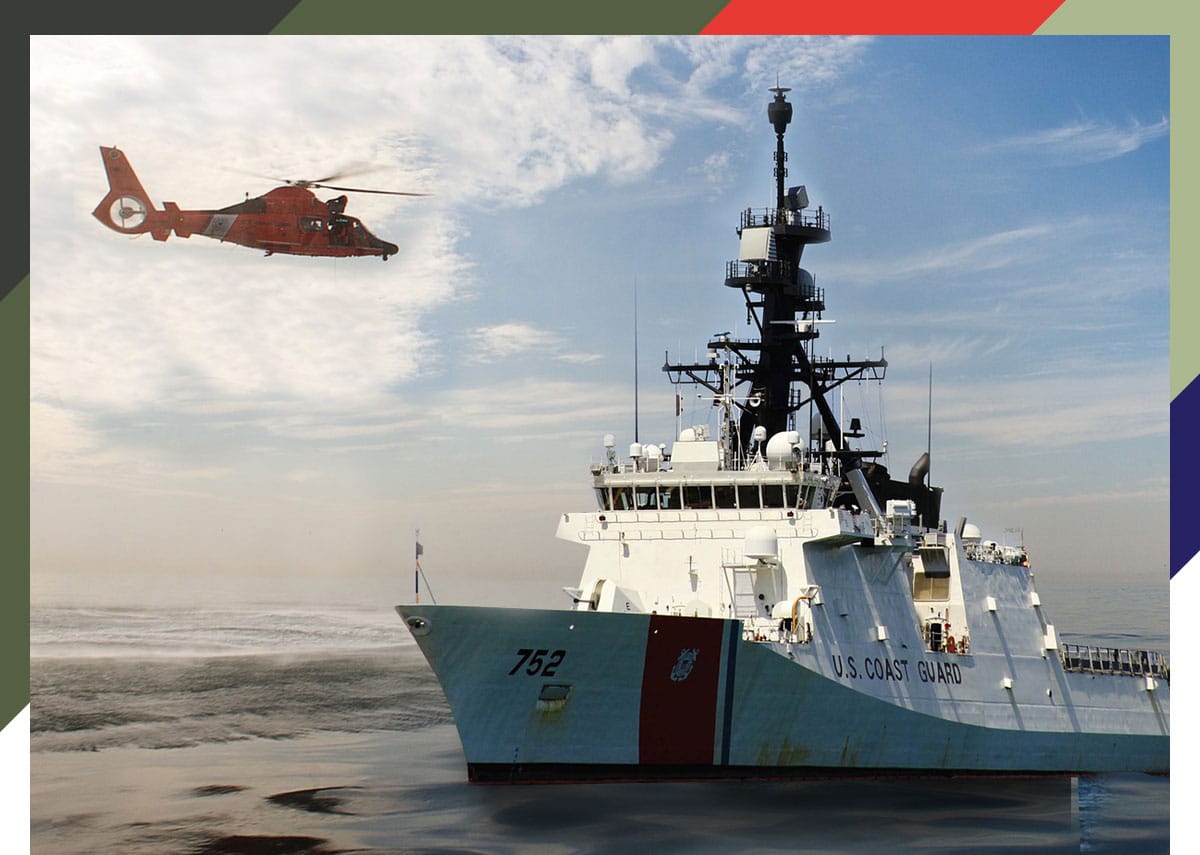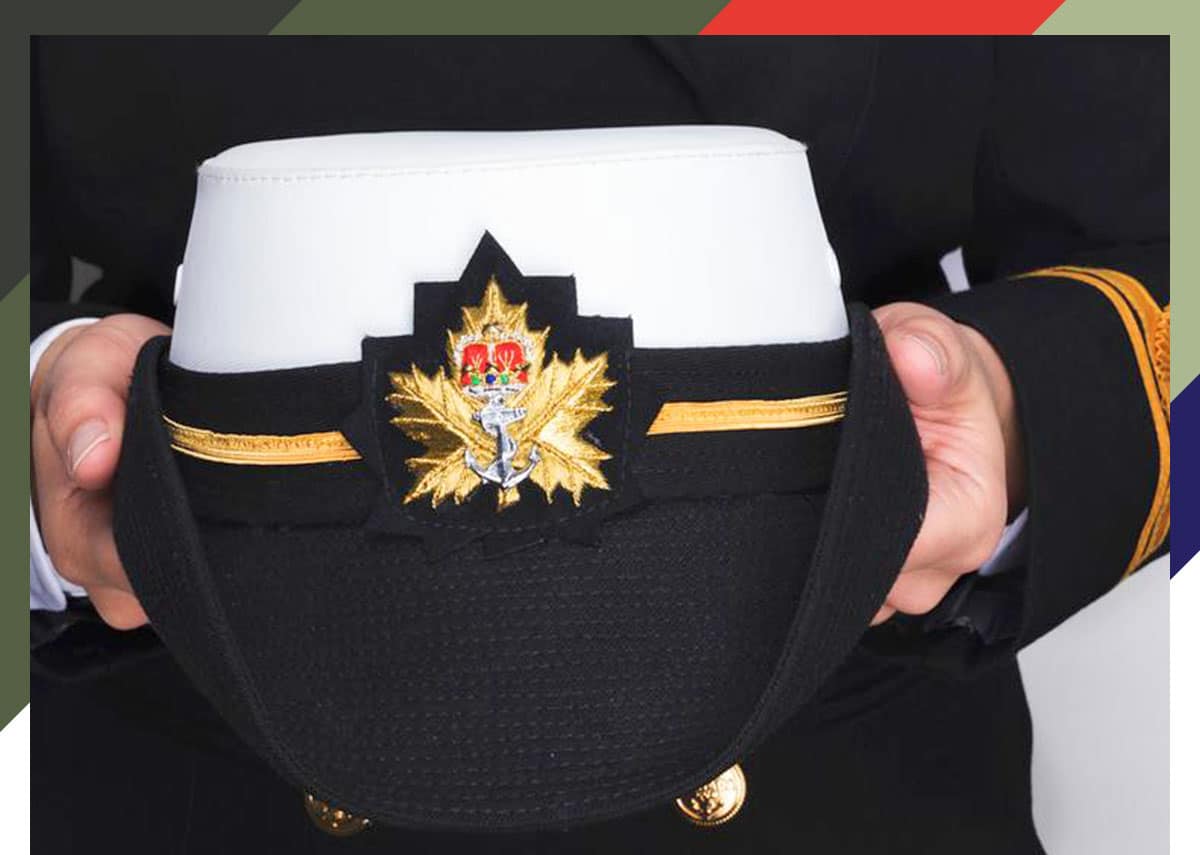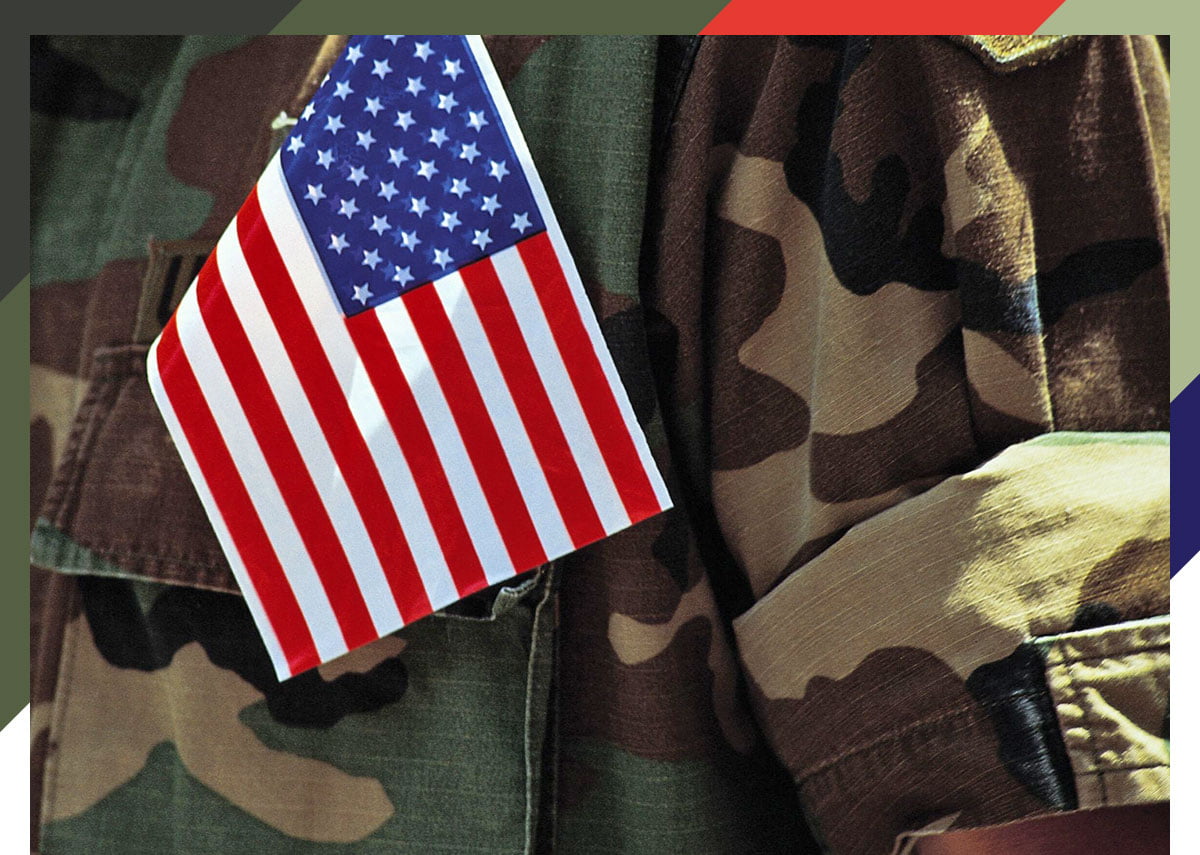Observe the Day by Sending a Military Care Package
On October 26, the military acknowledges the National Day of the Deployed, a day to thank all military serving outside the U.S., and their families who hold down the fort back home.
Soldiers don’t get to choose their deployment locations or durations. They sacrifice their own freedoms as they work to defend the United States and its allies overseas – which is why we think deployed troops are pretty deserving of recognition on this day, and all the rest.
How the Day Got Its Start
The first National Day of the Deployed was acknowledged in 2006. Shelle Michaels Aberle approached John Hoeven, governor of her state of North Dakota, to request a proclamation for a day to honor the military members actively serving outside the confines of the country. Hoeven thought it was a great idea, so he issued a formal proclamation to declare October 26 as National Day of the Deployed. The date is special; it was the birthday of Aberle’s cousin, who was actively serving in Iraq when the idea came to her.
In 2011, Hoeven was elected a state senator and sponsored a resolution to designate the day across the country. The resolution passed unanimously, and today, all 50 states observe the holiday. Although it isn’t a federal holiday, in which banks and schools close, it is still an important one to us at My Hero Crate. Why? It’s literally our job to make sure America’s troops get the thanks they deserve!
How You Can Celebrate
The National Day of the Deployed is more of a symbolic holiday than one that calls for elaborate celebration and camaraderie – although if you want to celebrate it like that, we’d love to be invited! Simpler ways you can join in on acknowledging the importance of the day include:
-Posting on social media, thanking our deployed troops for their service, and explaining the importance of the day. If you have a loved one who is deployed, include their photo in your post so your friends and followers can put a face to the day. This will help create an emotional connection, which may encourage others to celebrate the day, too, even if they don’t know anyone currently deployed.
-Volunteer with an organization that benefits deployed soldiers. There’s always something you can do to brighten the days of our soldiers working and living abroad. Some nonprofit agencies assemble care packages to send to deployed troops, while others organize letter-writing campaigns to send them well-wishes. If either of these sound like fun to you, do a bit of quick internet research to find an organization near you.
–Send your deployed military hero a care package or two. They can keep the treats for themselves, or share with the rest of their unit. Because shipping from My Hero Crate is always free to DPO, FPO, and APO addresses, even those overseas, it’s an affordable way to connect with your loved ones without having to find the contents of a snack box or gift box on your own. Also, all our snacks are from American distributors, and we’re an American company, based in Ohio. Our dedication to our country is obvious – and we want to help you celebrate your favorite hero.
How to Order a Military Care Package
My Hero Crate makes it easy to send a gift to your deployed soldier overseas. Follow these simple steps:
1. Visit MyHeroCrate.com. Click “Shop” in the top menu.
2. Choose the care package you think your deployed soldier will love the most. We even have snack boxes for special dietary needs, and gift boxes designed to inspire relaxation in our deployed heroes.
3. Once you find the package you like, select whether you’d like to send a one-time gift, or keep ‘em coming month after month by subscribing. Your soldier will get a brand-new snack box, thanks to AutoPay, so you never have to remember to schedule a delivery.
4. Check out! Just like you’d check out on any website, My Hero Crate makes it easy to pay, and to tell us exactly where to send your special gift. You can even include a custom gift message to send well-wishes to your love done.
It really is as easy as that! Start shopping today, so your gift arrives by the National Day of the Deployed on October 26.
Editor’s Note: This post has been updated for accuracy. It was originally published on October 21, 2020.
